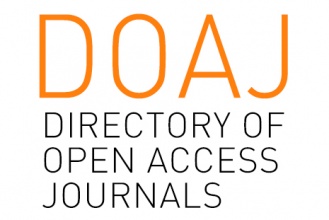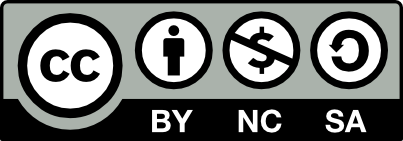Estudios zoobentónicos recientes en el Río de la Plata
Palabras clave:
zoobentos, Río de la Plata, diversidad, ArgentinaResumen
The present study shows the most important results in the sampling carried out in the Río de la Plata river from the year 1993. The main components of the zoobenthos in the studied area were the oligochaetes and nematods, particularly in sectors with high organic matter content and low dissolved oxygen. Tubificidae was very frequent, mainly Limnodrilus claparedeianus. A prevalence of Corbicula fluminea among the mollusks was observed in the coastal area in association with Limnoperma fortunei. This assemblage supports the presence of macroinvertebrates as Hirudinea, Temnocephala, Lumbriculidae, etc. Chironomidae showed an almost constant presence in the internal and intermediate areas of the river. The most frequent microcrustaceous were Copepoda, Cladocera, Ostracoda and their larval forms. In the offshore of the river the mollusks, annelids, crustaceans and nematods were present in the great majority of the sampling sites. Polychaeta were present in 90% of the sampling places being Nephtidae the most abundant genus. Corbicula fluminea dominated in the interior sector of the river and it was replaced by Erodona mactroides and Mactra isabelleana in the external area. Rapana venosa was also observed in this area. Different benthic assemblages were determined and their faunistic composition varied in function of the substrate, silt, size, coast, proximity, organic matter content and food resources.






















